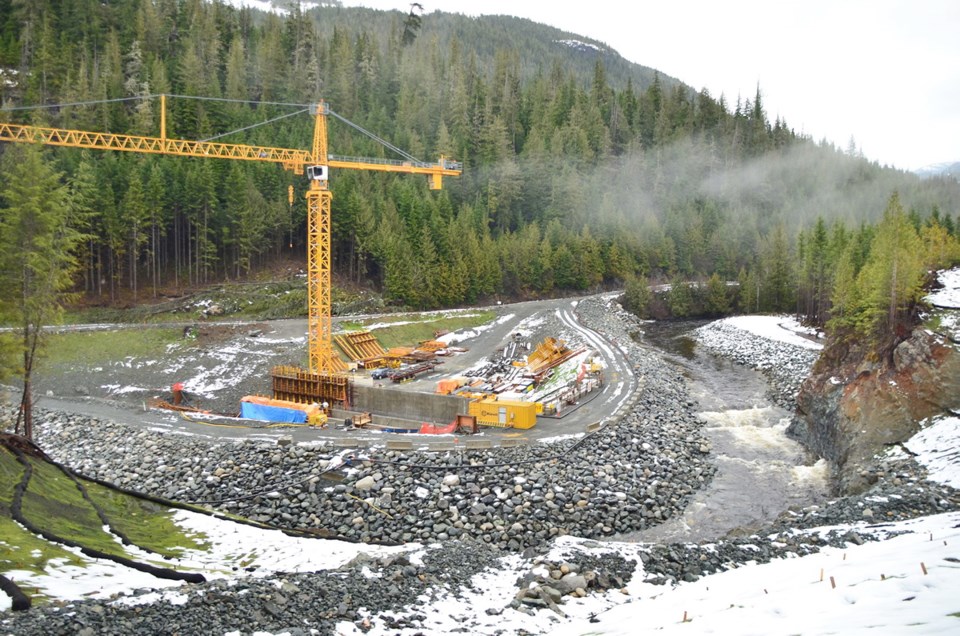Federal scientists struggled to protect fish in the Kokish River from potential adverse effects of a hydroelectric project, but concerns of on-the-ground staff were watered down by the time a final memo reached the desk of the fisheries minister, documents obtained by the Wilderness Committee show.
The progression unfolds through more than 1,000 pages of memos and emails obtained by the wilderness protection group through an access to information request. Fisheries and Oceans staff negotiate to get better conditions and water flows for fish. Then, the tone of memos to senior staff changes, and at least one biologist objects to his name being on a memo.
“We have a river with incredible fish values, and the memo shows the people with boots on the ground didn’t want it to go ahead. Then politics took over, and it was given the green light,” said Gwen Barlee, Wilderness Committee policy director.
“That memo gets kicked upstairs and it is massaged and changed. … This is what happens when you have politics getting in the way of science.”
The Kokish, located on northeast Vancouver Island south of Port McNeill, is home to five species of wild salmon, two endangered runs of steelhead, cutthroat trout and eulachon, so the proposal for an independent power project was controversial from the start.
The plan by Kwagis Power, owned by Brookfield Renewable Power and ‘Namgis First Nation, was opposed by groups such as the B.C. Wildlife Federation and Steelhead Society of B.C., but was approved by Fisheries and Oceans in April 2012.
The $200-million project — which will divert part of the river into a nine-kilometre pipe and create up to 45 megawatts of electricity — is now under construction. Its turbines, turned by water rushing over a 20-metre drop, will provide power for close to 13,000 homes.
A staff memo prepared for DFO regional director general Sue Farlinger in February 2012 concludes: “Despite agreement on an altered flow regime, the remaining components of this project, including upstream and downstream fish migration over the intake weir, ramping rates, operational malfunctions and shut downs, pose a continued high risk to the Kokish River fish populations.”
The memo continues, “Based on projects recently built and/or recently commissioned, it’s been DFO’s experience that project failures, malfunctions and errors will occur.”
DFO’s South Coast Habitat Management Unit said risks to fish habitat were high and the precedent-setting project was unacceptable.
Later, the tone changes, with habitat management regional director Bonnie Antcliffe asking what should be done to manage risks and referring to “socio-economic considerations” and the amount of money spent by the proponent.
The final memo to the minister, written in April 2012 and signed by deputy minister Claire Dansereau, notes the project has the potential to pose a high risk to important fish populations. But, it says, “it is likely that, through proper mitigation, [habitat] compensation and monitoring activities … that this project can proceed without significant adverse effects to fish and fish habitat.”
That was supported by an Environmental Assessment Act review, said Fisheries and Oceans spokesman Tom Robbins in an emailed statement.
Fisheries and Oceans twice required partial redesigns to keep sufficient water flows in the river, he said.
“The monitoring conditions are some of the most stringent that the department has required for any independent power project it has reviewed.”
Kwagis Power must have an independent environmental monitor reporting regularly to Fisheries and Oceans and an independent auditor reviewing construction and assessing compliance, the statement said.



